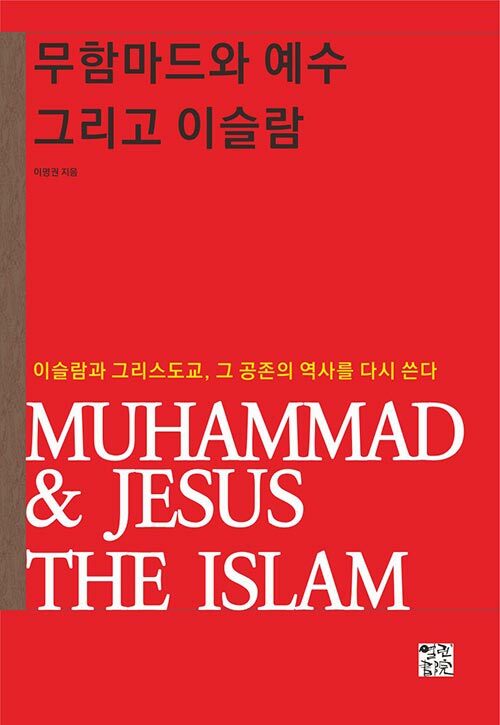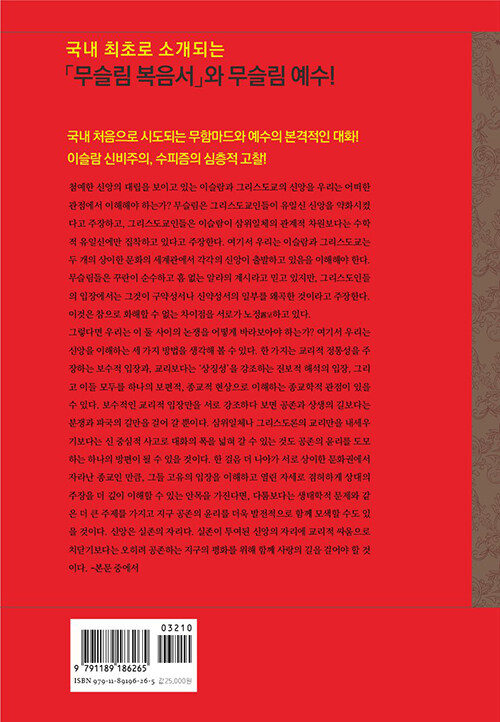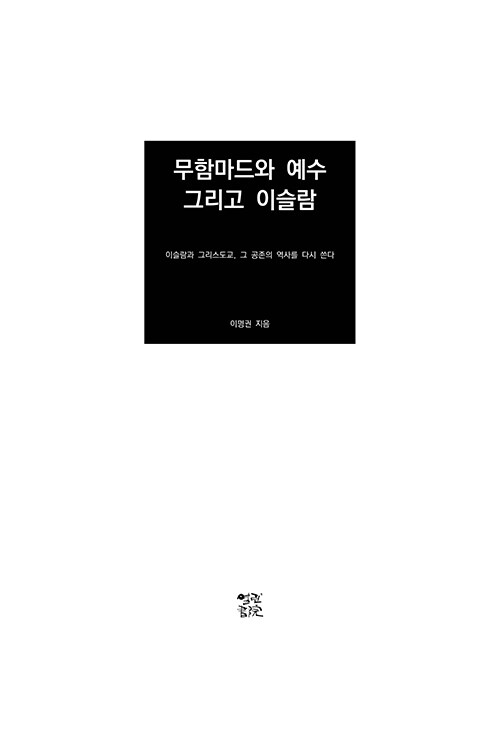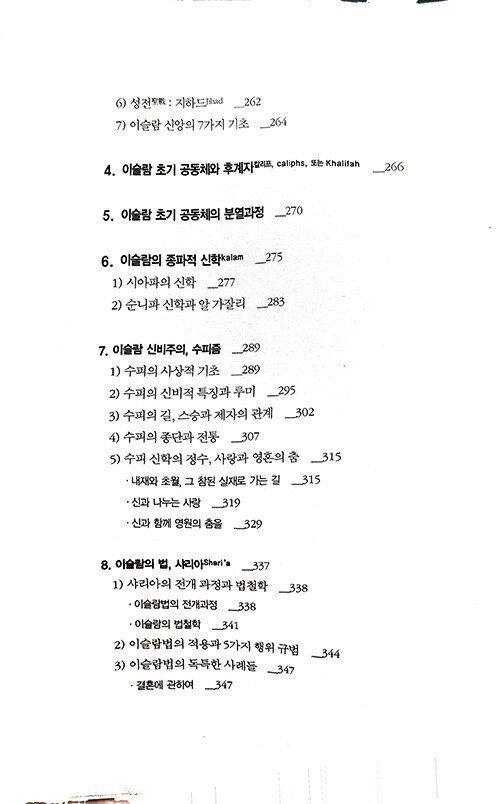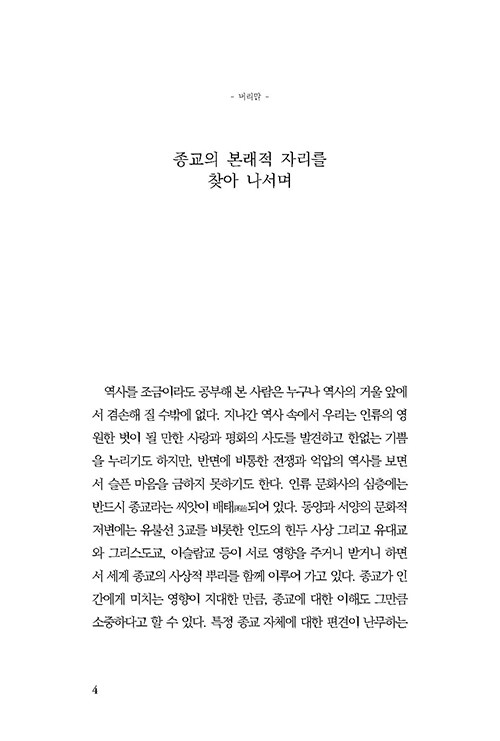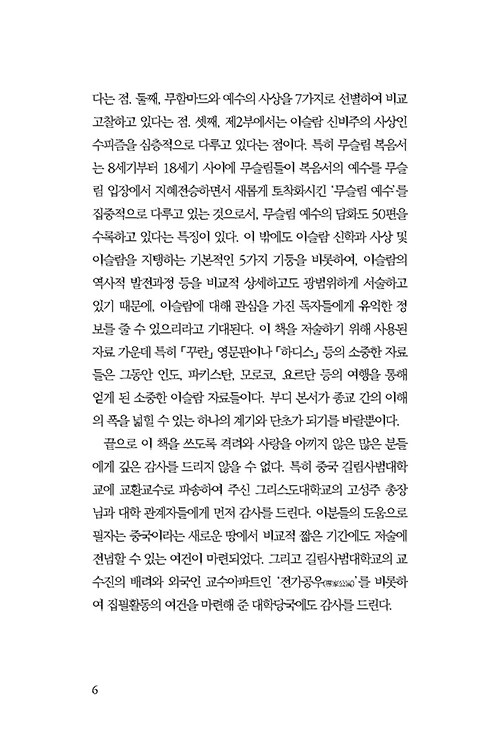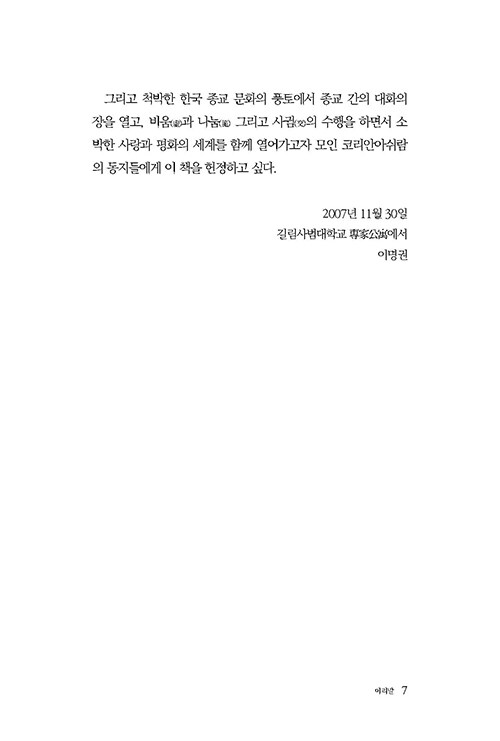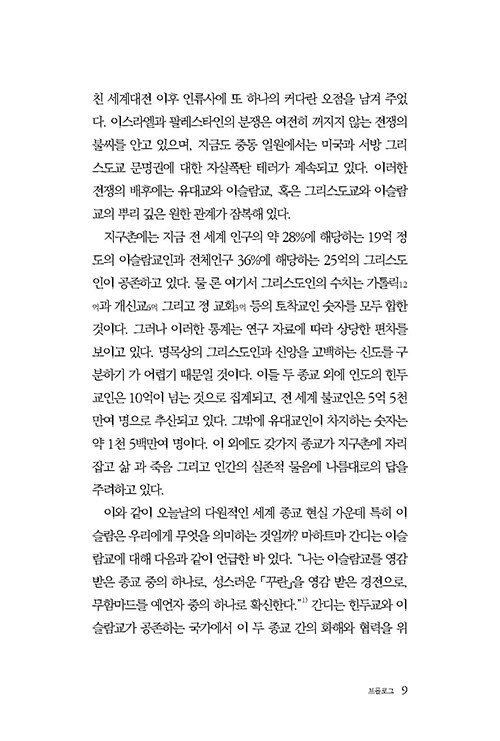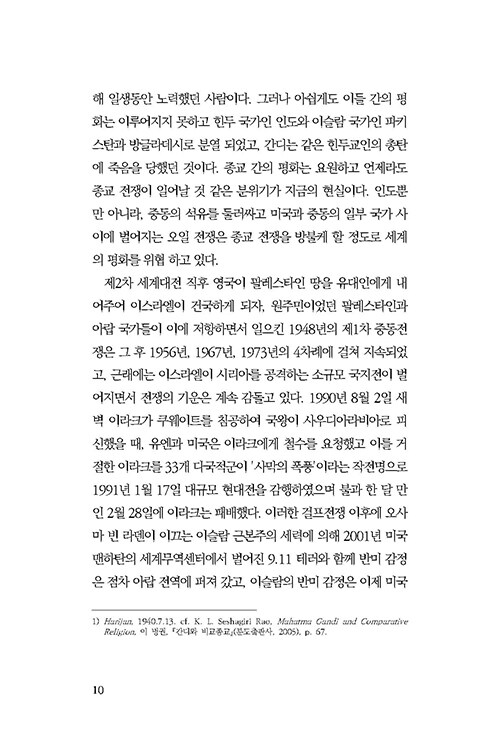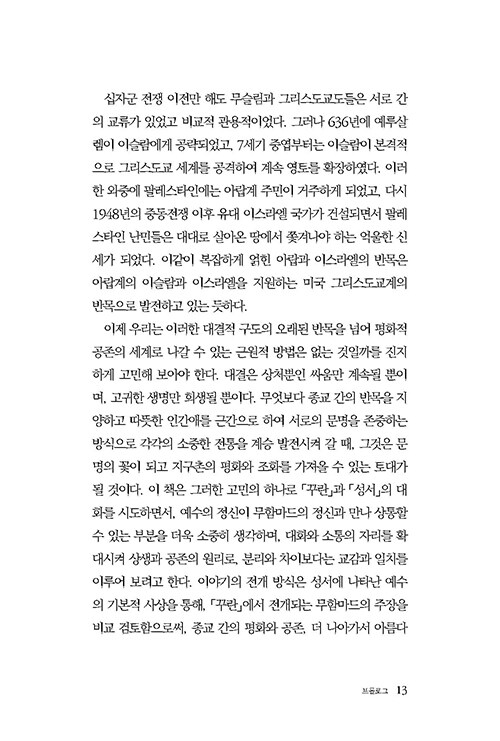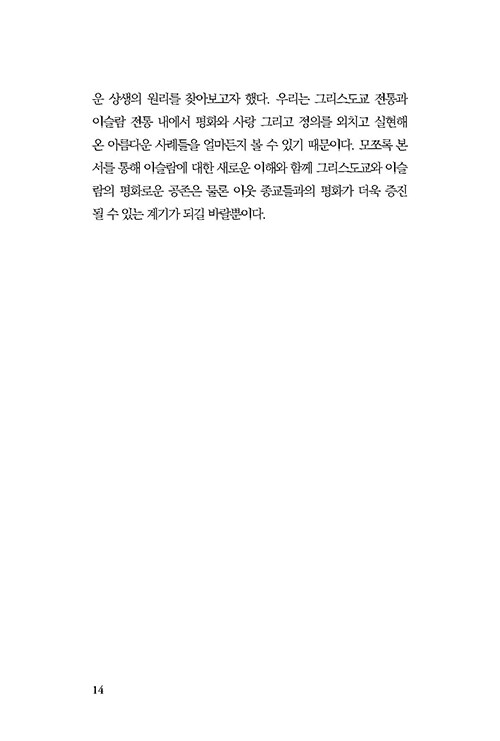From other countries
Heders
4.0 out of 5 stars Reliable source
Reviewed in the United Kingdom 🇬🇧 on 11 July 2023
Verified Purchase
My abbot's favourite book on this subject.
Report
Ani
5.0 out of 5 stars amazing book on Buddha personality and teaching
Reviewed in the United States 🇺🇸 on 25 January 2023
Verified Purchase
The finest book written on Buddha’s teaching and his personality.
The author takes the reader very close to Buddha on his own time and place.
Definitely, Buddha’s energy is filled in his book and the bare translation of Pali into modern English is an unbelievable task.
It is the blessing of Buddha deity that I was able to read this book.
2 people found this helpful
==
Tariki
5.0 out of 5 stars For me the best introduction to Buddhism
Reviewed in the United Kingdom 🇬🇧 on 19 July 2021
Verified Purchase
After most of the dust has settled and quite a few years on the raft this remains for me the best introduction to the Dharma - or Dhamma!
After a long trail through various texts and life experiences I have ended up within the Pure Land expression of the Dharma
but reading this Life of the Buddha all the seeds of every path can be found.
The simplicity at times confounds any Mahayana mindset, but the exposition of the doctrine that follows the life story is as profound as anyone could wish (if wish is the right word)
I have always been grateful that I first gained the peg of Theravada before coming to the Mahayana - which can be a quagmire, if not quicksand, at times. Many of the essays of Nyanaponika Thera have been constant companions. Zen and Dogen, the Tibetan expressions, have been, and are, a blessing as I stumble along, a Pure Land bombu, but here in genesis is the heart if we care to listen. This is Osbert Moore at his best, Bhikkhu Nanamoli. A unique mind/heart giving expression to the Dharma. A pleasure to read. Thank you.
===
v supervia
5.0 out of 5 stars Very Useful Biography
Reviewed in the United States 🇺🇸 on 19 November 2012
Verified Purchase
I learned of Nanamoli via one of Stephen Batchelor's books.
Nanamoli must have been an interesting man. His scholarly credentials are impeccable. The aim of this book is to say what can be said about the Buddha as found in the most reliable -- i.e, earliest -- Pali texts.
He presents the material from four points of view, all woven together in more or less chronological order. The format works very well, assisting the non-scholar in getting a sense of the Pali Canon -- or so I think, anyway, since I'm a non-scholar!
I wanted a reliable telling of the Buddha's story. I've read several well-known and generally recommended biographies, but I did not get a clear picture of how his teachings motivated others to preserve them accurately.
After reading this book I'm a lot more certain that the wisdom we call 'Buddhism' was inspired by the teachings one man -- not an accumulation of teachings that grew willy-nilly from a variety of communities.
Readers will be surprised to find a very sparse account of Siddhartha's first 29 years. On the other hand, the few passages Nanamoli is willing to use come straight from Siddhartha. They are very candid stories about a man who left his home because he was restless and unhappy. He clearly did not know what he was looking for. In that light, the stories of the five years preceding Enlightenment make a lot more sense.
2600 years having passed since Siddhartha's lifetime. Most of us Americans have come to Buddhism via less than perfect books and lectures. Nanamoli's book lets us make a connection with the first teacher, so to speak, and this, I think is both refreshing and re-assuring.
31 people found this helpful
===
Roberto Bertozzi
5.0 out of 5 stars Eccezionale
Reviewed in Italy 🇮🇹 on 11 December 2014
Verified Purchase
This work by Bhikkhu Ñāṇamoli fits into the broader context of his work and of the Buddhist tradition of the Hermitage Island Monastery: the effort to understand and explain the Dhamma in the light of the Dhamma itself is tangible, through the words of the Canon and the ancient commentators. This is the main advantage: it is an anthology of passages taken from the two canonical baskets of the Suttas and the Vinaya, from the canonical poetic works and, I presume, paraphrased by Buddhaghosa. Through the "masked" intervention of Bhikkhu Ñāṇamoli himself (the first narrator), the traditional material is reorganized on a chronological basis following the thread of the life of the Buddha, in an effort to give an organic and harmonious idea of the life itself of the Awakened leaving all that sea of successive and more properly hagiographic traditions starts. Perhaps it is not suitable for an audience completely unfamiliar with Buddhism and canonical Buddhist literature, nor for those looking for a simple introduction to the Buddha and his teachings: there are other publications that fully satisfy this purpose. As far as I'm concerned, it's one of the most beautiful, dense, and masterfully conceived books I've ever read on the subject.
==
Shambhala
4.0 out of 5 stars Dense and Detailed work on the Life of the Buddha
Reviewed in the United States 🇺🇸 on 3 July 2015
Verified Purchase
This is a great academic work from which any buddhist can benefit.... IF, they can tolerate the very dull, dry, and schematic writing of the Pali texts. Bhikkhu Ñanamoli selected, gathered, and arranged in chronological order all the facts of the life of the Buddha from four different sources of the pali tradition.
To all those interested in study the gradual Vehicle of Sutra (Sutrayana), they should study this "biography" first, because it allows to access the foundational teachings of the first turn of the Wheel of Dharma (Shravakayana / Vehicle of Hearers) .
After this, you maybe want to read Great Disciples of the Buddha: Their Lives, Their Works, Their Legacy (Teachings of the Buddha) (more readable than the Ñanamoli`s).
After these two texts, you will notice that it will be easier understand the Sutta Pitaka.
10 people found this helpful
===
Daniel Johnson
3.0 out of 5 stars WAY technical
Reviewed in the United States 🇺🇸 on 15 May 2009
Verified Purchase
I haven't read the whole book, because it's thick and like other's have mentioned.. not the kind of book you'd put on your nightstand before bed.
In my opinion, these kinds of extremely direct translations miss the whole point of being alive. It's basically the author's way of saying "I don't really know what the heck happened, so I'm just gonna try to tell you what everyone else said happened." There's a certain honesty in that. And, I guess that's admirable. It's very true to the Pali texts, as other's have mentioned. But, it can get boring. And, I think it can lose sight of the living truth of the dhamma.
I don't think Gotama, the Buddha, would have read this book. And, I think if he were on Amazon, he would give it two or three stars. So, I've tried to do him justice.
With all that said. As long as you know what you're getting, the author definitely delivers. He does what he sets out to do very well. A success by that standard.
9 people found this helpful
===
Bartolomucci Fabrizio
4.0 out of 5 stars A great antology from the Vinaya Pitaka
Reviewed in the United States 🇺🇸 on 25 August 2004
Verified Purchase
The book presents a selection of the suttas with an historical underpinning and without ever extending beyond the limited borders of the Pali Canon.
This Biblic-like account, given the basically atemporal nature and catechism of the Buddha's teachings, results in a quite sketchy approach to Buddhism that might contrast in method with the Dhamma teaching and that might thus suggest against using the text as an introducion to the practice.
Still the book has the great merit of providing translations from the Vinaya Pitaka, the basket presently most neglected by Western translators, as well as giving a handy reference to specific episodes difficulty retrieved in the original texts.
12 people found this helpful
===
S. Stevenson
4.0 out of 5 stars The second book you should read about Buddhism
Reviewed in Germany 🇩🇪 on 14 May 2009
Verified Purchase
The reason Buddhists don't have a holy book like the Christians or Muslims is because after 45 years of teaching, the Buddha left what is now a small library. Even the "core" texts -- the Pali Cannon -- are voluminous and difficult to approach because you don't know where to start.
Here, the author has gone through those texts, picked out those that contain biographical information on the Buddha, and has put them in chronological order. The result is a life history that is very accessible and, to my surprise, highly entertaining to read: You suddenly realize just how human the Buddha really was.
This should not be your first book on Buddhism, because it assumes familiarity with basic concepts and terms. Pick up any very short introduction to the subject, and then get "The Life" as a second book.
7 people found this helpful
===
From other countries
Hector Inchaustegui
5.0 out of 5 stars Mandatory reading for anyone who wants to understand Buddhism
Reviewed in the United States 🇺🇸 on 10 January 2013
Verified Purchase
Whether someone is just starting their journey in to Buddhism or has read about its variants extensively - it is a great insight into the life of the Buddha. Unlike many religious figures (Jesus, Mohammed, prophets and mystics), Buddha lived for many years after his enlightenment and spoke of the "path" extensively. It portrays a very human side, even when there are some supernatural events described. For me this text gives us a more personal view of the man and the ideas that have been commented upon for over 2000 years in a myriad of forms and it reminds me that all that commentary and religious activity started with the teachings of a real man.
3 people found this helpful
===
Adriel S. Machado
5.0 out of 5 stars Extremely satysfying reading
Reviewed in the United States 🇺🇸 on 6 March 2012
Verified Purchase
Although I've just discovered Buddhism, or perhaps because of that, I was kind of lost with many different doctrines (Theravada, Mayhana, Varajna, Zen, etc).
So I wanted to go straight to the source, kind of hear the words from Buddha himself, without the taints of traditions and changes over the centuries.
Despite of being a non native english speaker I managed to undestand the words, think about the orientations, rules and history.
As others have said yes it's from the canon pali, has some ancient words, but it's the real deal, this book is amazing and I'm loving reading it and understanding the origin of some buddhist traditions.
A must read.
6 people found this helpful
===
Jerry
5.0 out of 5 stars Excellent Read
Reviewed in the United States 🇺🇸 on 27 October 2014
Verified Purchase
The Life of the Buddha is a ,slow, but excellent read. Bhikkhu Nanamoli's style of using 2 Narrators, 3 Voices, & a Chanter is unique & works quite well. The previous sentence may give the impression the Book is a play. It is not. It is a unique tome with enough substance for Buddhist & casual readers. I use a "Cheat" sheet defining each role as a bookmark to avoid having to flip to the front of the book to refresh my memory. The fact that the book is Theravada in nature is also a plus.
10 people found this helpful
===
Tipa Imya
5.0 out of 5 stars Best book
Reviewed in the United States 🇺🇸 on 1 September 2020
Verified Purchase
This is the closest to the actual account of the Buddha in English, as per the Pali Canon that one can get! AMAZING
One person found this helpful
===
Emergence Education
5.0 out of 5 stars Best readable and accurate source book on the Buddha's life and teachings
Reviewed in the United States 🇺🇸 on 3 June 2018
Verified Purchase
Important resource book and readable stories. I have used this regularly for more than 20 years. New students with just a peripheral familiarity with the life of the Buddha will find readable and accurate translations of his inspiring life and teachings here.
===
Choo Siew Yen
5.0 out of 5 stars Source of happiness
Reviewed in the United States 🇺🇸 on 26 July 2013
Verified Purchase
For people who want to know more about Buddhism, this is a very good and comprehensive book to start off. It covers the main events that happened 2556 years ago, which was a very auspicious time for all beings. You can learn a lot of useful qualities and make you life a more meaningful one after reading it. May all readers be able to live a fruitful and happy life. Sukhi hotu Nibbanassapaccayohotu.
===
Jesse Goode
5.0 out of 5 stars Great Depth
Reviewed in the United States 🇺🇸 on 17 February 2014
Verified Purchase
This book provides great depth and insight into Lord Buddha's life and teachings. By focusing on Buddha's life and the context in which he taught, the reader learns much more than is possible from a mere recitation of his canonical lessons. Whether you are a serious student of Mahayana (I am) or Theraveda Buddhism, or just generally interested in what the Buddha taught, this book will be meaningful.
One person found this helpful
===
Arijit
5.0 out of 5 stars Review on 1/19/10
Reviewed in the United States 🇺🇸 on 19 January 2010
Verified Purchase
I have always wanted to read a biography written as close to Buddha's lifetime as possible (this would make the account an authentic one in my opinion). The author has done a marvelous job of compiling the information from various Buddhists Treaties and Struties (taken from original Theravada Pali texts). No interpretation seems to have been given, which, I appreciate immensely. It feels like one is actually reading those old texts.
Marvelously written, informative and a good read.
3 people found this helpful
===
Ankh
5.0 out of 5 stars Excellent chronological account of the life of the Buddha
Reviewed in the United States 🇺🇸 on 22 March 2018
Verified Purchase
Excellent chronological account of the life of the Buddha directly from the Pali canon.
I was reading excerpts of it as I was visiting the place where the episodes took place.
2 people found this helpful
===
Inez Jauregui
5.0 out of 5 stars I think its a very informative easy read that spiritual people will enjoy
Reviewed in the United States 🇺🇸 on 8 January 2015
Verified Purchase
I think its a very informative easy read that spiritual people will enjoy. I have purchased other books from the seller and i am quite happy
with the customer service, ....
Report
